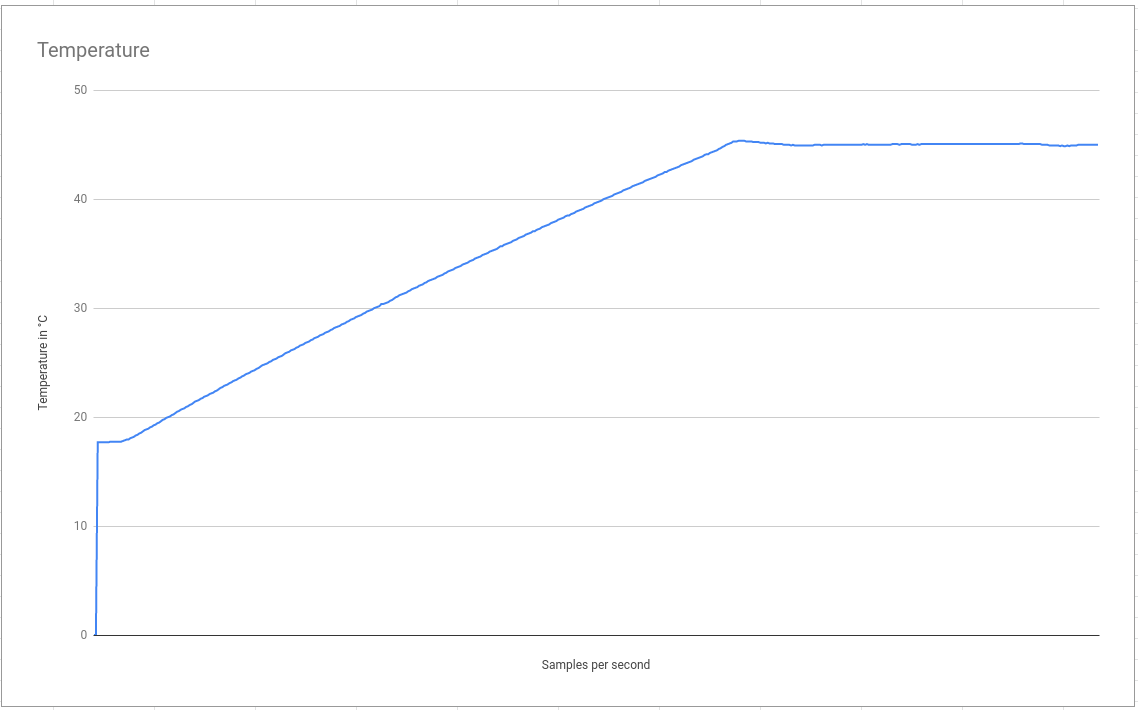Thanks you for visiting this repository of this wonderful project!.
This document (The README file) is a hub to give you some guidance about all of what is happening here.
If you want to know more, please follow this quick links to jump to a specific section, or just scroll down to find out more!
- The problem involved
- The solution we found
- The idea behind the project
- What we found interesting?
- Find out more about
- I don't understand something
In research and clinical laboratories, it is always useful to keep reagents or samples that are analyzed, at certain temperatures. A thermostatic bath is a device designed to maintain the temperature of the objects in contact with the fluid used.
In general, they are composed of electric heaters that heat distilled water (or other fluid) and, when they reach a certain temperature, they are automatically disconnected from the energy.
Our idea is to use efficiency and solidity as a basis, so we will use Peltier cells to take advantage of the Peltier effect, which is normally used as a thermoelectric cooler.
But, the advantage of using these cells, is that if we reverse the polarity, we could extract heat instead of generating it.
Therefore, we would have a thermostatic bath capable of generating heat or cold without modifying its design or changing any part.
The project will consist on the design and construction of the control circuit as well as the hardware involved, e. g. bath container, dissipation of heat, etc.
The microcontrollers based on the ATMEGA328p will be used mainly for the first tests and the calibration of the sensors.
Once this is done (by the way, you can check the code [here](https://github.com/FOSH-following-demand/thermostatic-wather-bath/tree/master/software/MCU)), the goal will be to use a __"We Mos D1 Mini"__ [board](https://wiki.wemos.cc/products:d1:d1_mini) as the main controller and, as a complement, the ability to connect to [Cayenne web services](https://mydevices.com/) as a monitor and remote control through IoT technology.
While this was a good idea, in the end, we are going to use a "NODEMCU-32S", The NodeMCU ESP-32S is one of the development board created by NodeMcu to evaluate the ESP-WROOM-32 module. It is based on the ESP32 microcontroller that boasts Wifi, Bluetooth, Ethernet and Low Power support all in a single chip. Then, an internet connection will be built through the use of the Mozilla WebThings Open Source IoT platform, which will be centralized in a hub (Raspberry Pi 4) for later operation and remote control.
The electric resistors if they do not have water are burned (if they do not have electronic protection circuits, as usual), with the design proposed in this project, we will try to avoid it by measuring the current that the cell consumes, so we can determine, without using another type of sensors, like a DS18B20 (datasheet here), if the container where the piece is located, has enough distilled water or coolant (in case you want to cool below 0 deg C).
There is a lot of variety of Peltier cells, qualities and ways to get them. We have been guided by a Chinese manufacturer (link here) that briefly describes the characteristics of the product, but when we go to the tests, they perform as stated in the datasheet.
In our studies, we used a Peltier Cell TEC-12705 to start. After many thorough tests, we realized that it would not be able to heat quickly the water in the container (around 1 liter). Therefore, after a week of continuous tests, we change to a new cell, in this case, the TEC-12715, which may seem only a little bigger than the 12705, but while the power of the 12705 is 50W, the one of the 12715 is 150W!
We had to get a more powerful 12v power supply, which are frequently used in DVR cameras, approximately 29 A of peak current, to improve the power.
We have managed to stabilize the temperature adequately in the range of +/- 0.1 °C, which made us very happy! Here are some results.
Here is the most complete example on the peltier usage.
As we move forward, we will be contributing more and more things to the repository, if you like this project please contribute to it, after reading the contributing scheme.
To follow the last changes made in the project, please follow this link
To continue with the Installation of Software, please follow this link
To continue with the Building of Electronics, please follow this link
To continue with the Building of the Hardware, please follow this another link
To continue with the Building of the frame, please click here
by TECSCI
- README File: a document that introduces an open project to the public and any potential contributors
- repository or repo:a collection of documents related to your project, in which you create and save new code or content
- Issue: the GitHub term for tasks, enhancements, and bugs for your projects



